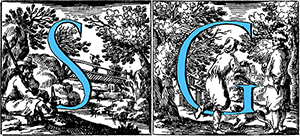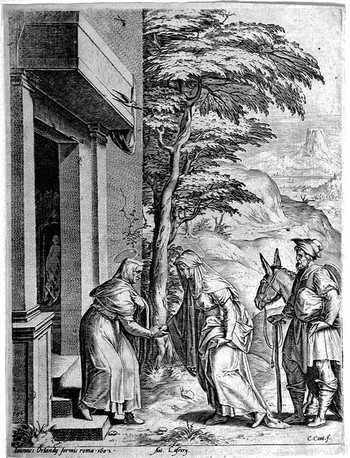
CORT Cornelis
(Hoorn 1533 – Rome 1578)
Painter and engraver, probably born in Hoorn, Cort was initially a student of the Dutch engraver Dirk Volkertz Coornhert who was active in Haarlem around the middle of the 16th century, and then he completed his apprenticeship in the art of engraving at the print workshop of Hieronymus Cock in Antwerp.
In 1560 Cort developed a bold and strongly modelled style, influenced mainly by the Italian Giorgio Ghisi, who had worked for Cock in Antwerp between 1550 and 1555. In fact, in a letter from 1567 that Dominicus Lampsonius sent to the Italian painter Tiziano Vecellio, he describes the Cock engraver and printer as Cort’s master.
Cort moved to Venice and it is believed that he has been accommodated in the house of Titian (1565-66) where he could translate many works by the Venetian master, with whom he had a strong friendship. Later he moved to Rome where he practically spent the rest of his life: he opened a thriving engraving school, becoming the promoter of an innovative use of burin, suitable to enhance the pictorial effects of his plates. Known in the Roman milieu with the name of Cornelio Flammingo, he was greatly appreciated and numerous were the young artists who were trained in his teaching.
During the Roman period he engraved Raffaello’s works and other contemporary artists such as Barocci, Muziano, Polodoro da Caravaggio and Salviati, making prints animated by a lively bulinistic technique, in contrast to the more static compositions of Raimondi’s school. Probably between 1569 and 1571, he visited Florence where he did some works on the commission of the Medici family. He spent the last year of his life in Rome, where he died in March 1578.






